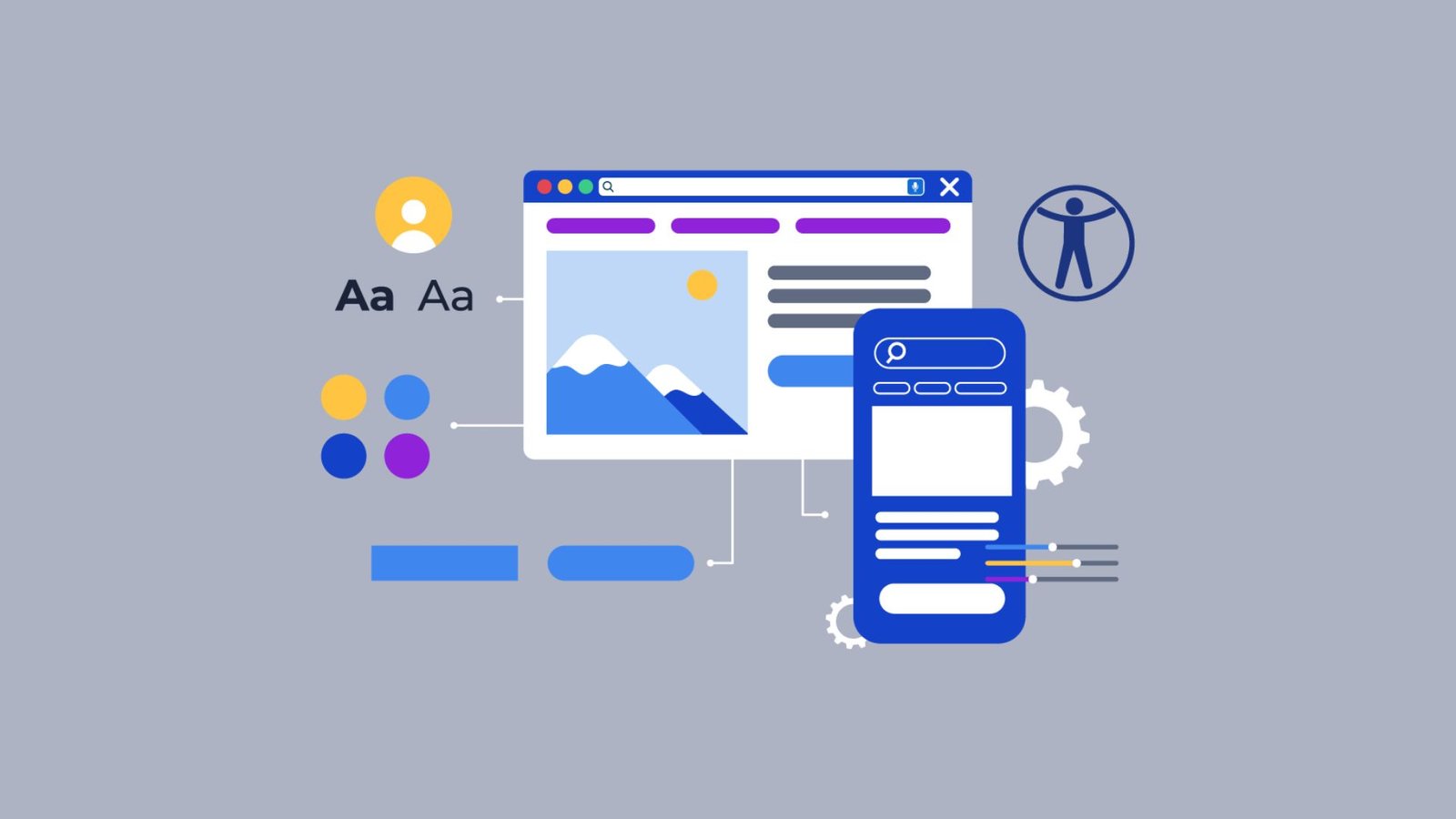Importance of Accessibility in Development
- By -Daisy
- Posted on
- Posted in Web Development
In the rapidly advancing world of web development, accessibility has become a vital factor in creating digital experiences. Accessibility in web development refers to the practice of designing and building websites and applications that are usable by people with various disabilities. It ensures that all users, regardless of their abilities or disabilities, can navigate, interact with, and benefit from online content.
Whether it’s someone with visual impairments using a screen reader or a person with limited mobility navigating a site using keyboard shortcuts, accessible design is crucial for inclusivity and fairness. In this article, we’ll explore why accessibility is important in development, the benefits it offers, and the best practices for ensuring that your websites and applications are accessible to all users.

Creating Inclusive User Experiences
One of the primary reasons accessibility is important in web development is that it creates inclusive experiences for a diverse user base. The internet is an essential part of everyday life, and it’s crucial that everyone has equal access to online content.
- Global Population Reach: According to the World Health Organization (WHO), more than 1 billion people worldwide live with some form of disability. This makes it imperative for web developers to design websites and applications that can be used by all individuals, regardless of their physical or cognitive abilities.
- Universal Access: Accessibility ensures that people with disabilities—such as those with visual, auditory, motor, or cognitive impairments—can interact with digital content in a way that is meaningful to them. By considering accessibility from the start, developers help ensure that these users are not excluded.
Legal Requirements and Compliance
In many countries, accessibility is not just a moral obligation, but also a legal requirement. Regulations such as the Americans with Disabilities Act (ADA) in the United States, the Equality Act in the UK, and the Accessibility for Ontarians with Disabilities Act (AODA) in Canada outline the legal standards for accessibility in digital spaces.
Websites that fail to meet these standards risk facing legal challenges, fines, or even the removal of their online presence. It’s essential for businesses, organizations, and government agencies to adhere to these accessibility guidelines to avoid potential legal repercussions.
Improving Usability for All Users
While accessibility is often thought of as a benefit for people with disabilities, it actually enhances the overall usability of a website for everyone. Good accessibility practices lead to cleaner, more efficient, and user-friendly designs that benefit a wide range of users. For example:
- Keyboard Navigation: Many users prefer to navigate websites using a keyboard instead of a mouse. Accessible websites that support keyboard shortcuts allow people with physical disabilities, as well as users who find keyboard navigation easier, to interact seamlessly with content.
- Clear and Simple Layouts: Accessible websites are often simpler and better organized, which improves user experience for everyone. For example, proper heading structures, alt text for images, and easy-to-read fonts make websites more intuitive for both disabled and non-disabled users.
Enhanced SEO (Search Engine Optimization)
Another important aspect of accessibility is that it can improve search engine optimization (SEO) and make your website more discoverable to users. Search engines like Google use crawlers to index web content, and these crawlers rely on proper HTML tags, structure, and descriptive alt text to understand the content of your website.
Accessible web design practices, such as providing alternative text for images, using proper semantic HTML, and ensuring content is easily navigable, also contribute to better SEO rankings. Therefore, accessibility is not only beneficial for users but can also help your website rank higher in search engine results.
Boosting Brand Reputation and Trust
In today’s world, businesses and organizations are increasingly expected to prioritize inclusivity. Websites that are accessible to people with disabilities send a strong message that a company is socially responsible, caring, and committed to meeting the needs of all its customers.
- Public Image: By adopting accessible practices, companies can differentiate themselves from their competitors, showing that they care about providing an equal experience for everyone.
- Customer Loyalty: Users are more likely to trust and return to websites that prioritize accessibility. Ensuring your site is easy to use for people with disabilities can build customer loyalty and increase brand reputation.
Conclusion
Accessibility is not just a buzzword in web development; it’s a fundamental aspect of creating a user-friendly, inclusive, and ethical digital experience. By prioritizing accessibility, developers ensure that their websites and applications are usable by everyone, regardless of ability. From legal compliance to enhancing user experience and brand reputation, the benefits of accessibility are far-reaching. Ultimately, accessibility ensures that the digital world is an open space for all, contributing to a more inclusive society and ensuring equal access to online information and services for everyone.



